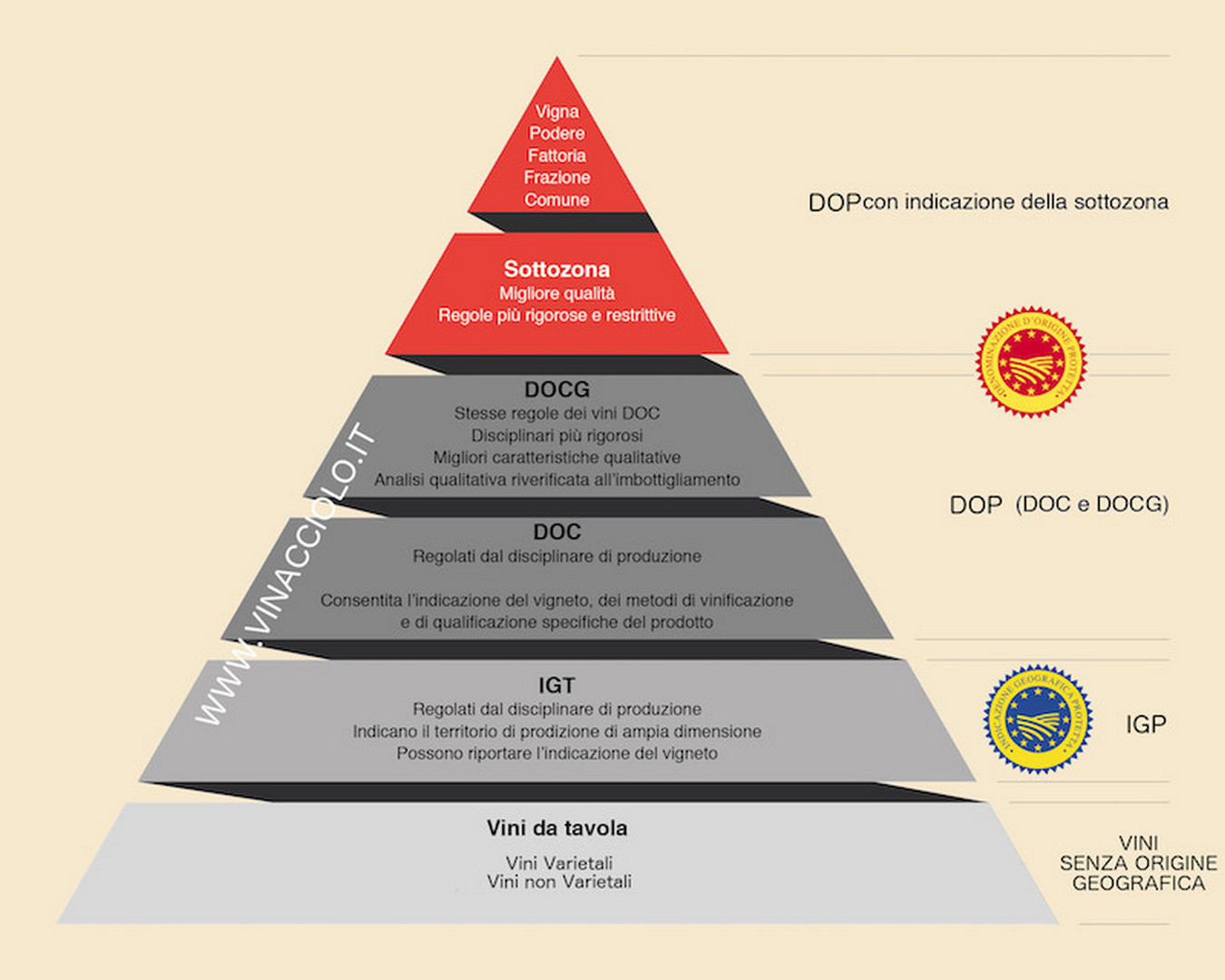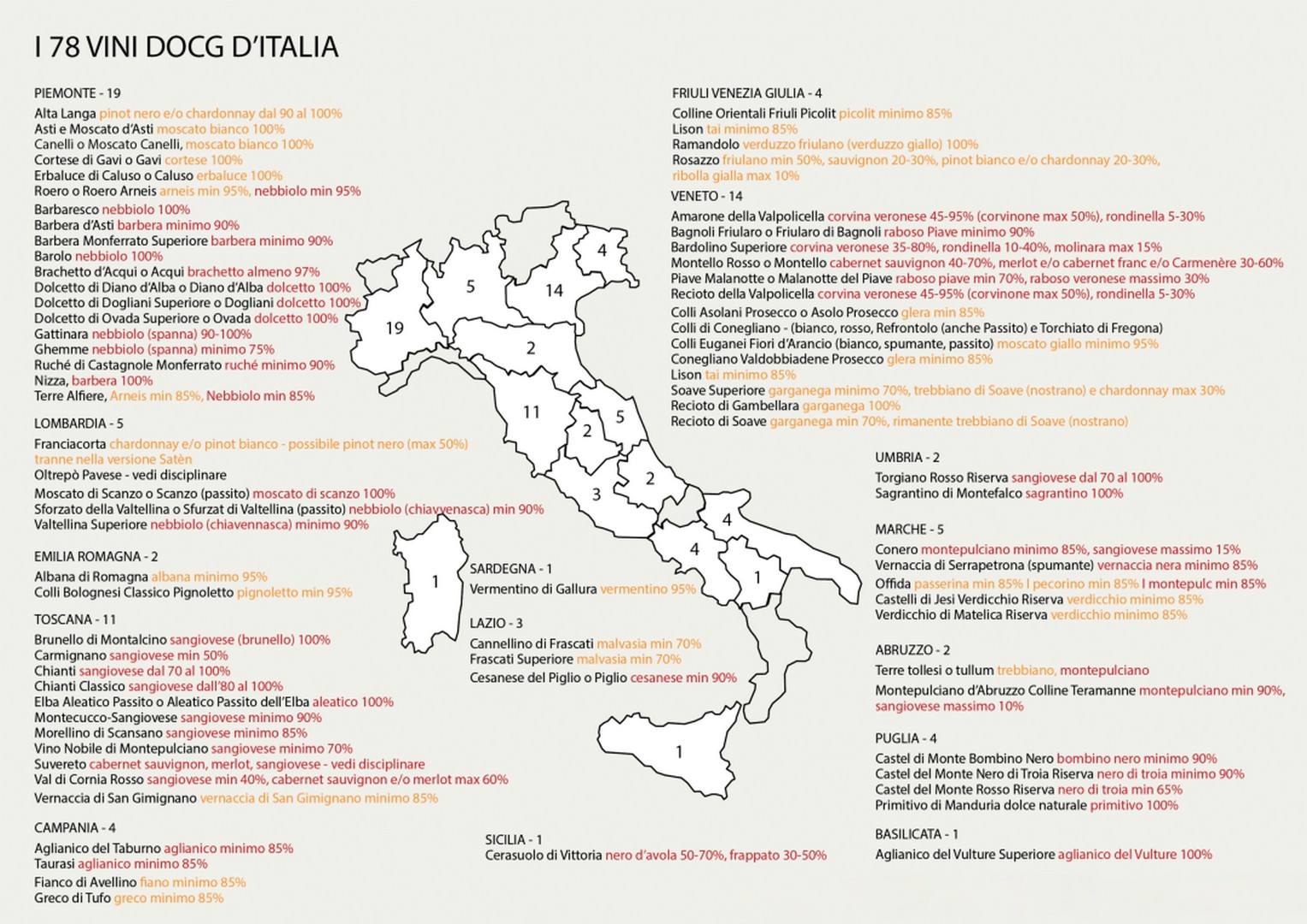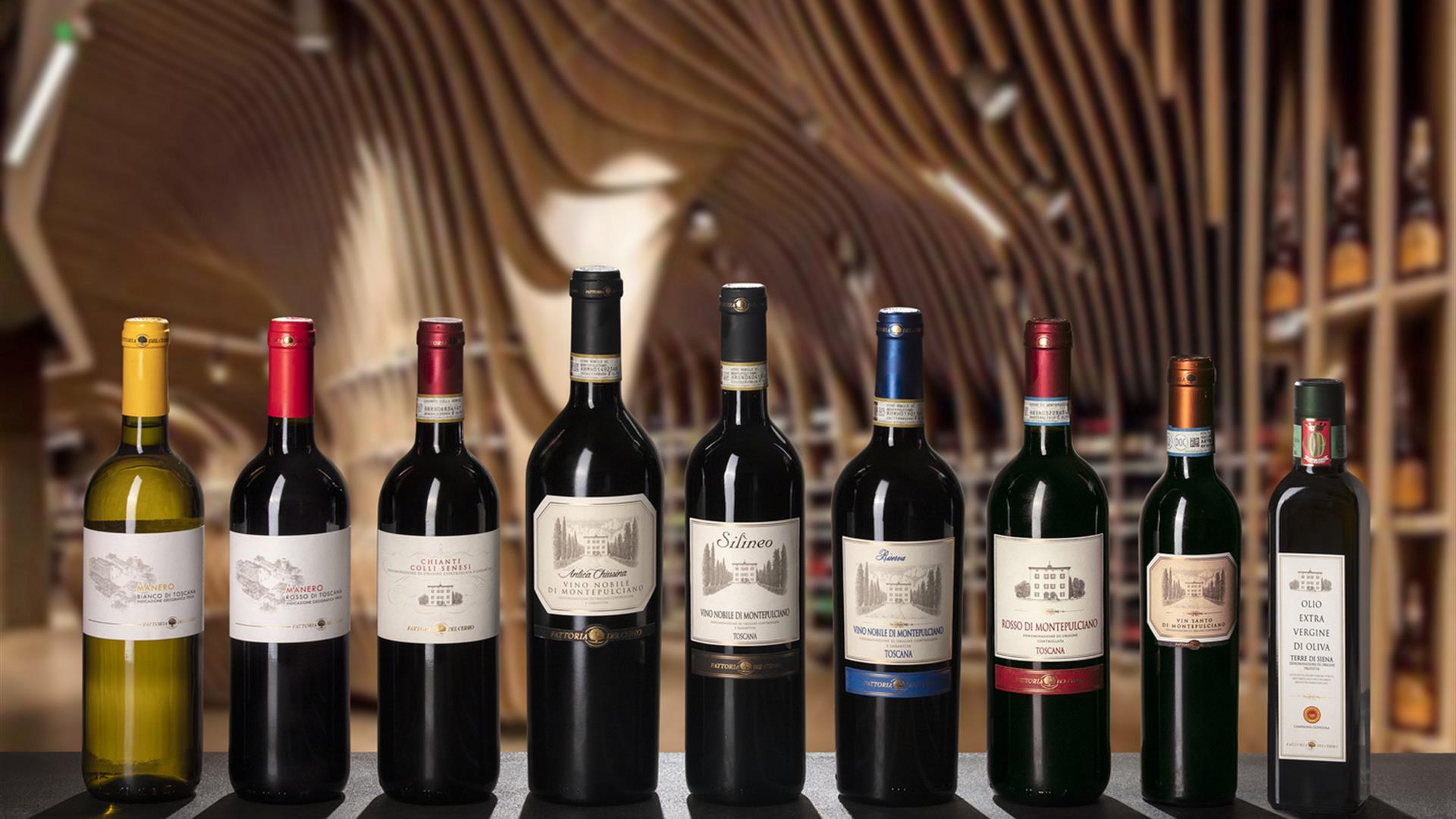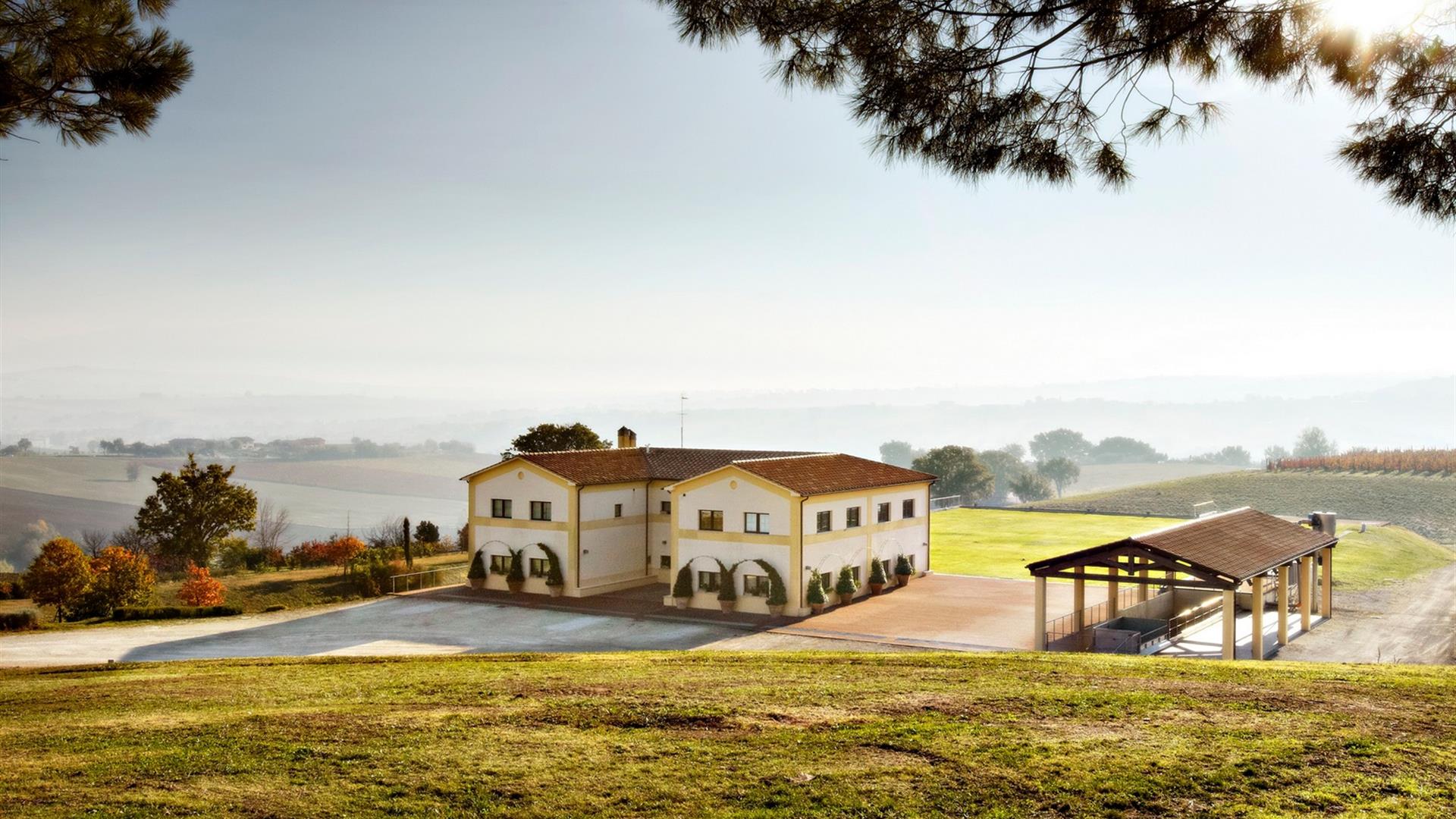Classification of wine: the quality pyramid and the excellence of Tenute del Cerro
The classification of wine: the quality pyramid
- At the base are the so-called Vini da Tavola (“table wines”), which have no geographical indication and are produced without specific production regulations. These may include blends of different grape varieties, provided they fall within the categories allowed for winemaking.
- Above them, moving progressively up the pyramid, are IGT, DOC, and DOCG wines — the official designations of origin that represent increasing levels of quality and territorial identity.
In the new European classification, Vini da Tavola are now referred to as Generic Wines, and a new category has emerged just above them on the pyramid: the so-called “varietal wines”.
Varietal Wines
The italian classification: differences Between IGT, DOC and DOCG
IGT: what does it mean?
DOC: Denominazione di Origine Controllata (Controlled Designation of Origin)
DOCG: Denominazione di Origine Controllata e Garantita (Controlled and Guaranteed Designation of Origin)
From IGT to DOCG: the winemaking heritage of Tenute del Cerro
Còlpetrone




